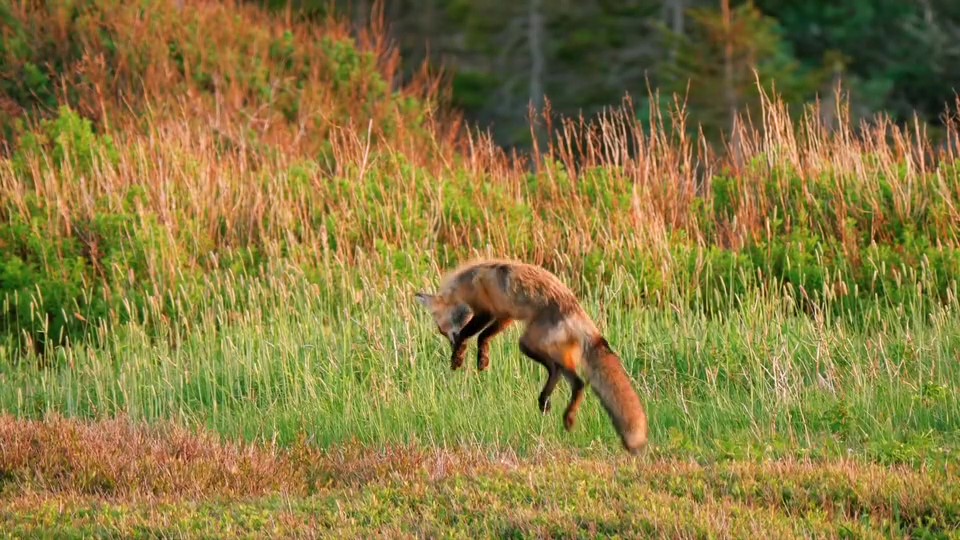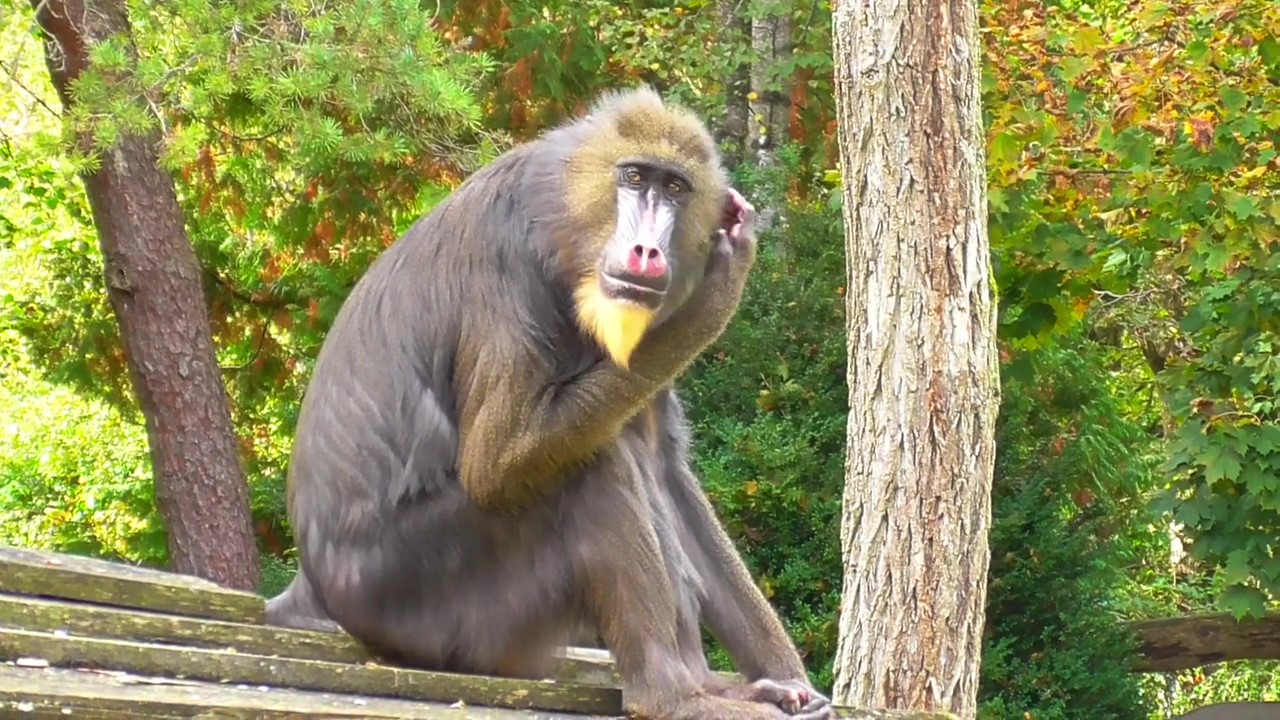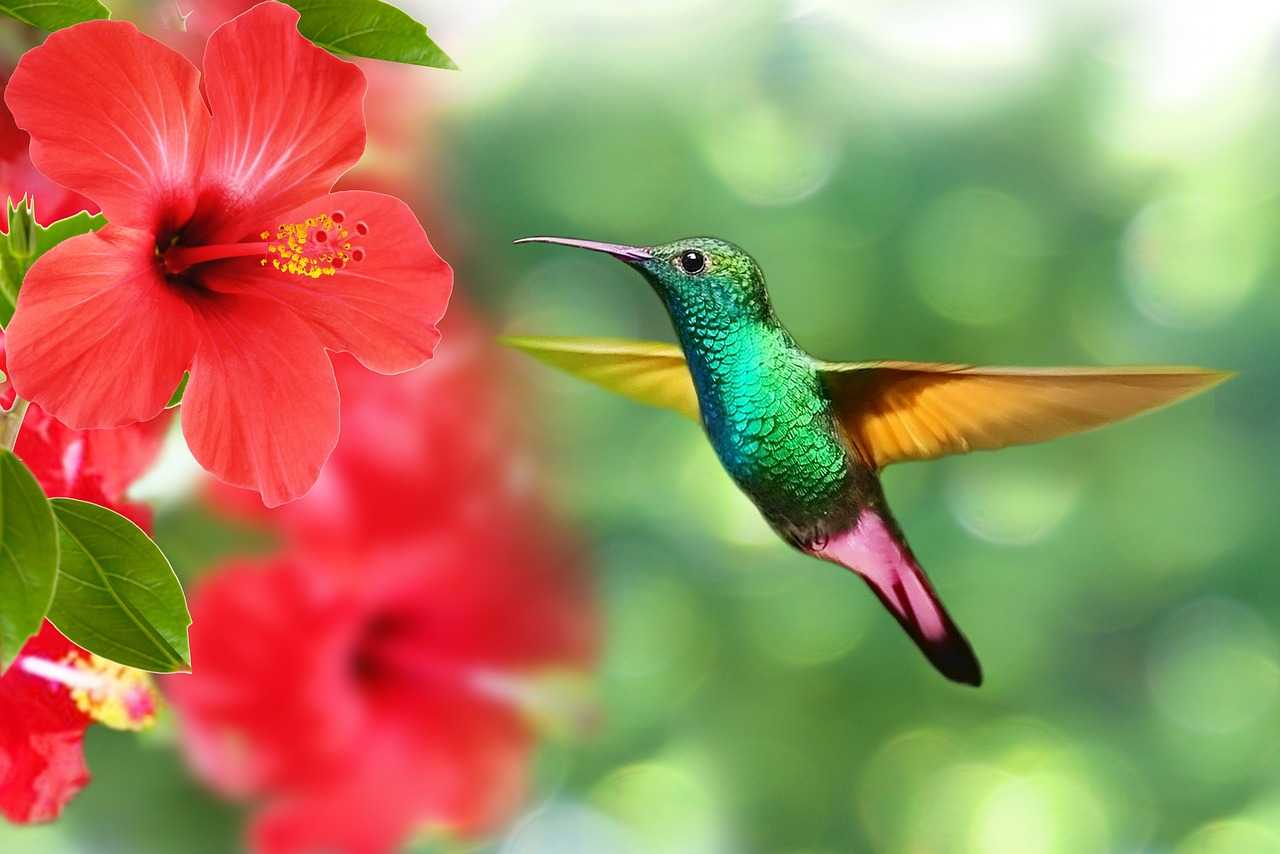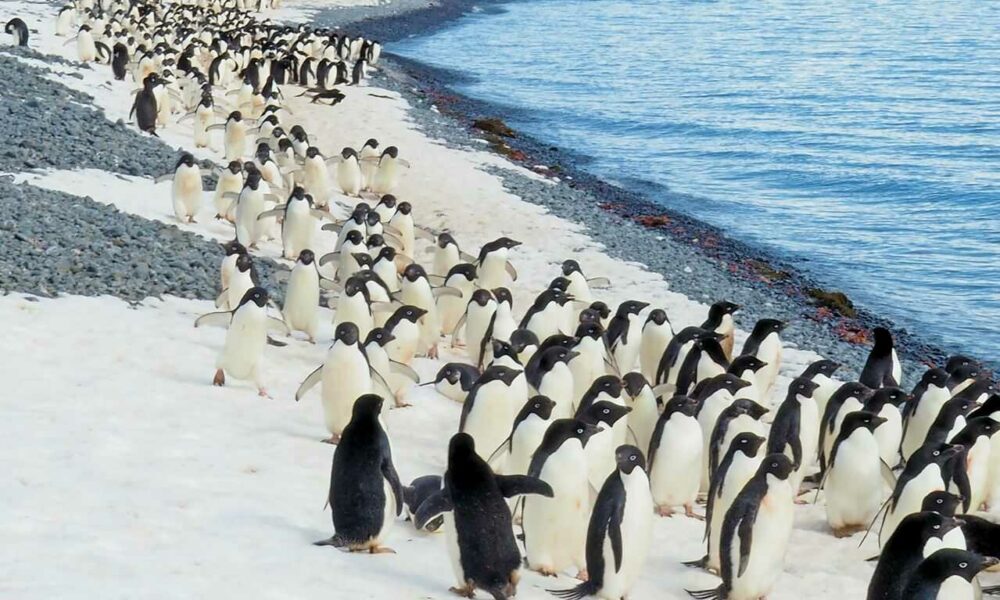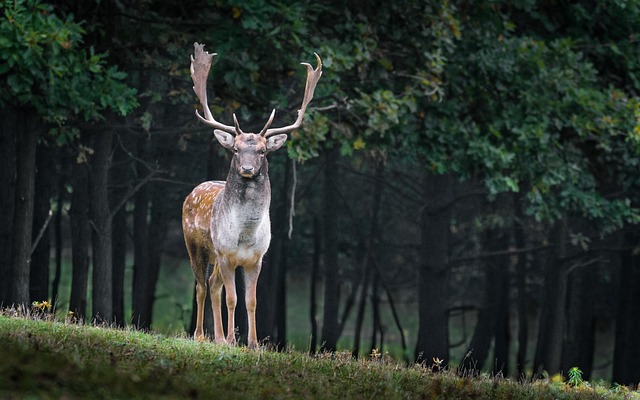
Snake
Snake
Snake
When you think of reptiles, many people probably think of snakes. It's an animal that can easily be divided into likes and dislikes. Recently, the number of people who keep them as pets is also increasing. Let's explore what kind of charm snakes have!
Snake Basic Infomation

Reptilia-Squamata-Serpentes.
Smallest species. Blind snakes. Length:約10㎝ weight:not clear.
Largest species. Anaconda. Length:約10m weight:about 250㎏. Snakes are found in many parts of the world, with around 3,000 species. It is surprising how many there are. Snakes move by wriggling their bodies since they have no legs. This movement is called “Dutch roll.” Why can snakes move their bodies so sinuously and flexibly? The reason is that the snake’s spine is made up of many small bones that allow the entire body to move flexibly. The number of vertebrae is usually around 100-200, but larger snakes can have up to 500 vertebrae. Snakes have a lot of vertebrae.
So why can snakes move forward just by wriggling? The secret lies in the scales on the snake’s body.
In fact, there are small hooks on the edges of the scales that allow them to grip the ground and move forward.
Snakes are included in poikilothermic animals. What are poikilothermic animals? Poikilothermic animals are animals whose body temperature is affected by the temperature of their surroundings. When the temperature is low, their body temperature drops, and when the temperature is high, their body temperature rises. Living things can move around because they have energy in the form of body heat. However, in cold regions, they lose heat and consume all their energy and die from freezing. In areas where it is cold during certain seasons, snakes cannot move around. Therefore, many species of snakes live in warm regions. They hibernate until warm weather returns.
Poikilothermic animals have a weakness in that they are vulnerable to changes in temperature, but on the other hand, they are strong against hunger. Depending on the species of snake and the food they eat, they can live without eating for several days to several months.
Snake reproduction varies greatly depending on the species of baby snake, such as the season and duration of mating.
In the case of snakes that inhabit Japan, mating takes place around May or June after winter. The way of mating is that the male and female intertwine with each other and finish it in a short time. It is said that the time is short because they become defenseless during mating.
For larger species of snakes like anacondas, multiple males compete for one female. The competition for females can last for two to four weeks. They must fight fiercely to leave offspring.
If you want to keep rare animals as pets, you may need to follow the laws established by your country. This time, I will introduce whether you can keep snakes at home in Japan. There are still few people who keep snakes as pets. It may be because they feel dangerous due to the image of biting or having poison. However, once you know the charm, you will be captivated. We will introduce how to keep snakes as pets.
Since snakes are carnivorous, they eat mice, bird chicks, reptiles, etc. For pet snakes, I think many owners give them frozen mice as food. There are different sizes of mice for food, so be sure to check before purchasing. Since it is sold frozen, it needs to be thawed before feeding.
Thawing is easy. Put the frozen mouse in a plastic bag and put it in water at about 40 degrees Celsius to thaw it. Feed the snake by holding the food with long tweezers and shaking it in front of the snake’s eyes. Never try to hand it over. This is because you may be bitten by mistake when the snake confuses you with food. The frequency of feeding is about twice a week until the age of 2 years old, and once a week after that.
・Cage. ・Heating equipment. ・Shelter. ・Flooring. ・Water container. ・Temperature/humidity meter. ・Tweezers.
If you put multiple snakes in one cage, there is a risk of fighting. If you want to keep multiple snakes, keep them in separate cages.
Snakes can easily escape if there are holes or gaps in the cage. It is necessary to take measures to prevent escape from the cage itself, but it is also necessary to check that they do not escape from the room where they are kept.
There are few animal hospitals that can examine snakes. If you look for one before you start keeping them, you can keep them with peace of mind in case of an emergency.
Snake Q&A

A maniacal animal in pet breeding.
If you want to keep rare animals as pets, you may need to follow the laws established by your country. This time, I will introduce whether you can keep snakes at home in Japan. There are still few people who keep snakes as pets. It may be because they feel dangerous due to the image of biting or having poison. However, once you know the charm, you will be captivated. We will introduce how to keep snakes as pets.

What should I feed them?
Since snakes are carnivorous, they eat mice, bird chicks, reptiles, etc. For pet snakes, I think many owners give them frozen mice as food. There are different sizes of mice for food, so be sure to check before purchasing. Since it is sold frozen, it needs to be thawed before feeding.
Thawing is easy. Put the frozen mouse in a plastic bag and put it in water at about 40 degrees Celsius to thaw it. Feed the snake by holding the food with long tweezers and shaking it in front of the snake’s eyes. Never try to hand it over. This is because you may be bitten by mistake when the snake confuses you with food. The frequency of feeding is about twice a week until the age of 2 years old, and once a week after that.

About the breeding environment.
・Cage. ・Heating equipment. ・Shelter. ・Flooring. ・Water container. ・Temperature/humidity meter. ・Tweezers.

There are three points to keep in mind when breeding.
If you put multiple snakes in one cage, there is a risk of fighting. If you want to keep multiple snakes, keep them in separate cages.
Snakes can easily escape if there are holes or gaps in the cage. It is necessary to take measures to prevent escape from the cage itself, but it is also necessary to check that they do not escape from the room where they are kept.
There are few animal hospitals that can examine snakes. If you look for one before you start keeping them, you can keep them with peace of mind in case of an emergency.

Why do snakes sleep with their eyes open?
The reason why snakes sleep with their eyes open is that they do not have eyelids. Do their eyes dry out if they are open all the time?
In fact, the surface of a snake’s eyeball is covered with scales that form a membrane. Therefore, it is okay to keep their eyes open.
Since snakes always keep their eyes open, it is difficult to tell when they are sleeping. You have to observe changes in their expression to see if they are awake or not. Even snake owners who keep them as pets find it difficult to tell if they are sleeping or not.

Why do snakes stick out their tongues so often?
The reason why snakes stick out and retract their tongues is that they have a function called the Jacobson’s organ on their tongue that can detect odors. By touching their tongue to the air, they can smell.
Also, there is a reason why a snake’s tongue is split in two. Just as humans have two nostrils, the part of the snake’s tongue that detects odors is split in two. By being split left and right, they can also determine which direction the odor is coming from.
I told you that snakes can distinguish smells with their tongues, but do they also have noses like humans? The role of a snake’s nose is to breathe air in and out. It does not have the ability to detect odors.

Where are snake ears?
Snakes do not seem to have ears. The reason is that the earlobes and eardrums have degenerated, so snakes do not have ears. However, they still have the ability to recognize sounds.
So how do they recognize sounds? They recognize sounds by vibrations that are transmitted through their muscles and bones to their inner ears.

Why do snakes molt?
Many people may think that snakes shed their skin because their skin becomes tight as they grow and they need to shed it.
In fact, the substance called keratin accumulates on the outermost skin, and shedding occurs when keratin, like human keratin, floats up from the skin. This keratin is the same substance as our hair and nails.
The fact that snakes shed their skin is evidence of good metabolism and health. On the other hand, if they are unhealthy, incomplete shedding may occur. This is a phenomenon in which shedding does not go well due to poor breeding environment or illness. You can judge the physical condition of a snake by checking whether it is shedding properly. When snakes are young, they shed their skin once every two weeks. As they grow older, the frequency decreases, and large snakes may shed their skin only once a year.

How can snakes swallow large creatures?
The shape of a snake’s jaw is related to its ability to swallow large creatures. The snake’s jaw is not connected as one but is divided into left and right structures. This structure allows the snake to open its mouth wide when swallowing large prey.

What kind of snake has strong venom?
The snake species known for having strong venom is the ‘Black Mamba’. It inhabits Africa and grows up to about 2-3 meters in length. The Black Mamba is recognized as the most terrifying snake in the world because it has not only a large amount of venom but also venom that is immediately effective. Although it has strong venom, it is timid and has a strong sense of caution. How strong is the venom of the Black Mamba? The venom of the Black Mamba is said to be about 60 times stronger than that of a pit viper. If you are bitten and do not receive appropriate treatment immediately, you will die. Therefore, many people die without receiving treatment in time.

Would you like to become a part of the 'Animalbook.jp'?
Turn your knowledge into Q&A and share it with the world. ※Publication will be activated after purchase. Let's share information together!
Snake Type of List

Typhlopoidea. ・Typhlops arenarius. ・Typhlops reticulatus. ・Typhlops cf lineolatus. ・Typhlops tanganicus. ・Typhlops vermicularis. ・Brahminy blind snake. ・Rhinotyphlops pallidus. ・Rhinotyphlops simoni. ・Leptotyphlops macrorhynchus.
Anomalepididae.
Leptotyphlopidae.
Boidae. 【Acrantophis.】 ・Dumeril's boa. ・Madagascar ground boa.
【Boa.】 ・Red-tailed boa.
【Candoia.】 ・Viper boa. ・Candoia bibroni. ・Candoia carinata.
【Corallus.】 ・Annulated tree boa. ・Cropan’s tree boa ・Emerald tree boa. ・Cook's tree boa. ・Cropan's tree boa. ・Grenadian tree boa. ・Amazon tree boa. ・Central American tree boa.
【Epicrates.】 ・Cuban boa. ・Rainbow boa. ・Turks & Caicos boa. ・Abaco Island boa. ・Haitian ground boa. ・Haitian tree boa. ・Puerto Rican boa. ・Mona Island boa. ・Hispaniolan boa. ・Jamaican boa.
【Eunectes.】 ・Green anaconda. ・Yellow anaconda.
【Sanzinia.】 ・Madagascar tree boa.
【Charina.】 ・Rubber boa.
・Charina reinhardtii.
【Eryx.】 ・Egyptian sand boa. ・Rough-scaled sand boa. ・Central Asia sand boa. ・Javelin sand boa. ・Arabian sand boa. ・Brown sand boa. ・Dwarf sand boa. ・Saharan sand boa. ・Somalian sand boa. ・Tartar sand boa.
【Lichanura.】 ・Rosy Boa.
Pythonidae.
【Python.】 ・Angolan python. ・Borneo short-tailed python. ・Blood python. ・Sumatran short-tailed python. ・Indian python. ・South African rock python. ・Ceylon python. ・Ball python. ・Reticulated python. ・African rock python. ・Timor python.
【Morelia.】 ・Amethystine python. ・Boelen's python. ・Centralian python. ・Rough-scaled python. ・Moluccan python. ・Australian scrub python. ・Carpet python. ・Halmahera python. ・Green tree python.
【Antaresia.】 ・Children's python. ・Spotted python. ・Anthill python. ・Stimson's python.
【Bothrochilus.】 ・Bismarck ringed python.
【Leiopython.】 ・White lipped python.
【Aspidites.】 ・Black headed python.
・Woma.
【Apodora.】 ・Papuan python.
【Liasis.】 ・Brown water python. ・Macklot's python. ・Olive python. ・Savu python.
Aniliidae. 【Anilius.】 ・Coral cylinder snakes.
Tropidophiidae. 【Trachyboa.】 ・Boulengeri. 【Tropidophis.】 ・Feicki. ・Maculatus. ・Cuban Dwarf Boa.
Xenophidiidae. 【Xenophidion.】 ・Xenophidion acanthognathus. ・Xenophidion schaeferi.
Bolyeridae. 【Casarea】 ・Round Island boa.
Anomochilidae. 【Anomochilus属】 ・Leonardi. ・Weberi. ・Monticola.
Cylindrophiidae. 【Cylindrophis.】 ・Red-tailed pipe snake. ・Ceylonese Cylinder Snake.
Uropeltidae. 【Melanophidium.】 ・Melanophidium bilineatum. ・Melanophidium punctatum. ・Melanophidium wynadense. ・Melanophidium khairei.
【Platyplectrurus.】 ・Platyplectrurus madurensis. ・Platyplectrurus trilineatus.
【Pseudoplectrurus.】 ・Pseudoplectrurus.
【Plectrurus.】 ・Plectrurus aureus. ・Plectrurus guentheri. ・Plectrurusperrotetii.
【Rhinophis.】 ・Rhinophis blythii. ・Rhinophis dorsimaculatus. ・Rhinophis drummondhayi. ・Rhinophis erangaviraji. ・Rhinophis fergusonianus. ・Rhinophis gowei. ・Rhinophis gunasekarai. ・Rhinophis homolepis. ・Rhinophis karinthandani. ・Rhinophis lineatus. ・Rhinophis melanogaster. ・Rhinophis melanoleucus. ・Rhinophis mendisi. ・Rhinophis oxyrynchus. ・Rhinophis philippinus. ・Rhinophis phillipsi. ・Rhinophis porrectus. ・Rhinophis punctatus. ・Rhinophis roshanpererai. ・Rhinophis saffragamus. ・Rhinophis sanguineus. ・Rhinophis travancoricus. ・Rhinophis tricoloratus. ・Rhinophis.
【Teretrurus.】 ・Teretrurus rhodogaster. ・Teretrurus sanguineus.
Xenopeltidae. 【Xenopeltis.】 ・Sunbeam snake. ・Xenopeltis hainanensis.
Loxocemidae. 【Loxocemus.】 ・Mexican python.
Elapidae. 【Dendroaspis.】 ・Eastern green mamba. ・Jameson's mamba. ・Black mamba. ・Western green mamba.
【Hemachatus.】 ・Rinkhals.
【Aspidelaps.】 ・Lubricus. ・Scutatus.
【Boulengerina.】 ・Banded water cobra.
・Christy's water cobra.
【Paranaja.】 ・Many-banded snake.
【Walterinnesia.】 ・Desert black snake.
【Pseudohaje.】 ・Goldie's tree cobra. ・Black tree cobra. 【Naja.】 ・Anchieta's cobra. ・Banded water cobra. ・Snouted cobra. ・Arabian cobra. ・Giant spitting cobra. ・Chinese cobra. ・Congo water cobra. ・Egyptian cobra. ・Monocled cobra. ・Mali cobra. ・Burmese spitting cobra. ・Forest cobra. ・Mozambique spitting cobra. ・Burrowing Cobra. ・Indian cobra. ・Zebra spitting cobra. ・Black-Necked Spitting cobra. ・Nubian spitting cobra. ・Cape cobra. ・Central Asian cobra. ・Red spitting cobra. ・Philippine cobra. ・Andaman cobra. ・Samar cobra. ・Senegalese cobra. ・Indo-Chinese spitting cobra. ・Indonesian cobra. ・Equatorial spitting cobra.
【Ophiophagus.】 ・King cobra.
【Bungarus.】 ・South Andaman krait. ・Northeastern hill krait. ・Bungarus caeruleus. ・Blue krait. ・Bungarus ceylonicus. ・Bungarus fasciatus. ・Red-headed krait. ・Bungarus lividus. ・Bungarus magnimaculatus. ・Many-banded krait. ・Greater black krait. ・Persian krait. ・Bungarus sindanus. ・Bungarus slowinskii. ・Wall's krait.
【Calliophis.】 ・Calliophis beddomei. ・Calliophis bibroni. ・Calliophis bilineata. ・Calliophis bivirgatus. ・Calliophis castoe. ・Calliophis gracilis. ・Calliophis haematoetron. ・Calliophis intestinalis. ・Calliophis maculiceps. ・Calliophis melanurus. ・Calliophis nigrescens. ・Calliophis philippina. ・Calliophis salitan. ・Calliophis suluensis.
【Micruroides.】
・Sonoran coral snake.
【Micrurus.】 ・Micrurus alleni. ・Micrurus ancoralis. ・Micrurus annellatus. ・Micrurus averyi. ・Micrurus bernadi. ・Micrurus bocourti. ・Micrurus bogerti. ・Micrurus browni. ・Micrurus catamayensis. ・Micrurus clarki. ・Micrurus collaris. ・Micrurus decoratus. ・Micrurus decoratus. ・Micrurus diastema. ・Micrurus dissoleucus. ・Micrurus distans. ・Micrurus dumerilii. ・Micrurus elegans. ・Micrurus ephippifer. ・Micrurus filiformis. ・Micrurus frontalis. ・Micrurus frontifasciatus. ・Micrurus fulvius. ・Micrurus hemprichii. ・Micrurus hippocrepis. ・Micrurus ibiboboca. ・Micrurus isozonus. ・Micrurus langsdorffi. ・Micrurus laticollaris. ・Micrurus latifasciatus. ・Micrurus lemniscatus. ・Micrurus limbatus. ・Micrurus margaritiferus. ・Micrurus medemi. ・Micrurus mertensi. ・Micrurus mipartitus. ・Micrurus multifasciatus. ・Micrurus multiscutatus. ・Micrurus narduccii. ・Micrurus nebularis. ・Micrurus nigrocinctus. ・Micrurus petersi. ・Micrurus proximans. ・Micrurus psyches. ・Micrurus putumayensis. ・Micrurus remotus. ・Micrurus spixii. ・Micrurus spurelli. ・Micrurus steindachneri. ・Micrurus stewarti. ・Micrurus stuarti. ・Micrurus surinamensis.
Viperidae. 【Azemiops.】 ・Azemiops feae.
【Agkistrodon.】 ・Cantil. ・Copperhead. ・Cottonmouth.
【Bothrops.】 ・Terciopelo. ・Common lancehead. ・Jararaca.
【Calloselasma.】 ・Malayan ground pit viper.
【Crotalus.】 ・Eastern diamondback rattlesnake. ・Western diamondback rattlesnake. ・Mexican west coast rattlesnake. ・Santa Catalina Island rattlesnake. ・Sidewinder. ・South American rattlesnake. ・Baja California rattlesnake. ・Crotalus exsul. ・Timber rattlesnake. ・Autlán rattlesnake. ・Rock rattlesnake. ・Speckled rattlesnake. ・Black-tailed rattlesnake. ・Western rattlesnake. ・Mexican lance-headed rattlesnake. ・Twin-spotted rattlesnake. ・Red diamond rattlesnake. ・Mohave rattlesnake. ・Central American rattlesnake. ・Long-tailed rattlesnake. ・Tiger rattlesnake. ・Tortuga Island diamond rattlesnake. ・Totonacan rattlesnake. ・Mexican dusky rattlesnake. ・Aruba rattlesnake. ・Uracoan rattlesnake. ・Prairie rattlesnake. ・Ridge-nosed rattlesnake.
【Deinagkistrodon.】 ・Sharp-nosed viper.
【Gloydius.】 ・Japanese moccasin.
【Lachesis.】 ・Bush master.
【Ophryacus.】 ・Ophryacus undulatus.
【Ovophis.】 ・Dwarf lancehead snake.
【Protobothrops.】 ・Sakishima habu. ・Habu. ・Taiwan habu. ・Tokara habu.
【Adenorhinos.】 ・Uzungwe viper.
【Bitis.】 ・Puff adder. ・Berg adder. ・Horned adder. ・Many-horned adder. ・Gaboon viper. ・Angolan adder. ・Plain mountain adder. ・Rhinoceros viper. ・Ethiopian mountain adder. ・Peringuey's adder. ・Red adder. ・Namaqua dwarf adder. ・Kenyan horned adder. ・Desert mountain adder.
【Daboia.】 ・Russell's viper.
【Eristicophis.】 ・McMahon's viper.
【Pseudocerastes.】 ・Persian horned viper.
【Vipera.】 ・Horned viper. ・Asp viper. ・Northern viper. ・Lebanon viper. ・Caucasian viper. ・Lataste's viper. ・Atlas dwarf viper. ・Vipera palaestinae. ・Armanian viper. ・Meadow viper. ・Meadow viper. ・Meadow viper. ・Vipera xanthina.
Colubridae. ・Trinket Snake. ・Rhino Rat Snake.
【Ahaetulla.】 ・Green whip snake.
・Oriental Whip Snake.
【Arizona elegans.】 ・Trans-Pecos Rat Snake. ・Golden Tree Snake.
【Crotaphopeltis.】 ・Herald Snake.
【Cyclophiops.】 ・Greater Green Snake.
【Dasypeltis.】 ・Gans' Egg Eater. ・Common Egg-eater.
【Dinodon.】 ・Red banded odd-tooth snake. ・Ryukyu odd-tooth snake.
【Drymarchon.】 ・Yellowtail Cribo. ・Eastern Indigo Snake. ・Texas indigo snake. ・Orizaba Cribo. ・Mexican Red-tailed Indigo Snake.
【Eirenis.】 ・Eirenis coronella ibrahimi.
【Elaphe.】 ・Elaphe bimaculata. ・Elaphe carinata. ・Highland King Rat Snake. ・Japanese rat snake. ・Elaphe dione. ・Texas rat snake. ・Striped Snake. ・Copperhead rat snake. ・Amur Ratsnake. ・European Rat Snake. ・Beauty snake.
【Euprepiophis.】 ・Mandarin Ratsnakes.
【Gonyosoma.】 ・Rein Snake. ・Celebes Black-tailed Ratsnake. ・Red-tailed racer.
【Grayia.】 ・Smith's African Water Snake.
【Lampropeltis.】 ・Gray Banded Kingsnake. ・Prairie Kingsnake. ・Brook's Kingsnake. ・California kingsnake. ・Speckled Kingsnake. ・Mexican black kingsnake. ・San Luis Potosi Kingsnake. ・Thayeri kingsnake. ・Arizona Mountain Kingsnake. ・Ruthven's Kingsnake. ・Mexican Milk Snake. ・Pueblan Milk Snake. ・Conant's milk snake. ・Black milksnake. ・Honduran Milk Snake. ・Nelson's milksnake. ・Sinaloan milksnake.
【Lycodon.】 ・Laotian Wolf Snake.
【Oligodon.】 ・Chinese kukri snake.
【Oreocryptophis porphyraceus.】 ・Thai Red Mountain Ratsnake. ・Broad-Banded Red Bamboo Ratsnakes. ・Yunnan Red Bamboo Ratsnake.
【Orthriophis.】 ・Chinese Beauty Snake.
【Pantherophis.】 ・Baird's Rat Snake. ・Great Plains Rat Snake. ・Corn snake. ・Black Rat Snake. ・Yellow Rat Snake. ・Everglades Ratsnake. ・Gray Rat Snake.
【Pituophis.】 ・Gopher Snake. ・San Diego Gopher Snake. ・Central Baja California Gopher Snake. ・Bull Snake. ・Cape Gopher Snake. ・Southern Pine Snake.
【Ptyas.】 ・Indo-Chinese Rat Snake.
・Oriental ratsnake.
【Spalerosophis.】 ・Clifford's Diadem Ratsnake.
【Spilotes pullatus.】 ・Tiger Rat Snake.
【Telescopus.】 ・Arabian Cat Snake.
【Thamnophis.】 ・Santa Cruz Garter Snake. ・Thamnophis eques cuitzeoensis. ・Checkered Garter Snake. ・Plains Garter Snake. ・Oregon Red-spotted Garter Snake. ・California Red Sided Garter Snake. ・Puget Sound Garter Snake. ・San Francisco Garter Snake. ・Mexican Pacific Lowlands Garter Snake.
【Fowlea.】 ・Javanese Keelback Water Snake. ・Xenochrophis.vittatus.
【Boaedon属】 ・African House snake.
【Lycodonomorphus.】 ・Black House Snake. ・Olive House Snake.
【Langaha.】 ・Leaf-nosed Snake.
【Leioheterodon.】 ・Malagasy giant hognose snake.
【Madagascarophis.】 ・Madagascar Cat-eyed Snake.
【Malpolon属】 ・Montepellier Snake.
【Mehelya.】 ・Crosse's File Snake.
【Psammophis.】 ・Hissing Sand Snake.
【Pseudaspis.】 ・Mole Snake.
【Rhagerrhis.】 ・False Cobra.
【Rhamphiophis.】 ・Rufous Beaked Snake.
【Clelia.】 ・Mussurana.
【Diadophis punctatus.】 ・Ringneck Snake.
【Heterodon.】 ・Western hognose snake. ・Eastern hognose snake. ・Southern hognose snake.
【Hydrodynastes.】 ・False Water Cobra.
【Leptodeira.】 ・Northern Cat-eyed Snake.
【Xenodon.】 ・Tri color hognose snake.
【Philodryas.】 ・Baron's Green Racer.
【Xenodermus.】 ・Xenodermine Snake.
Acrochordidae. 【Acrochordus.】 ・Arafura File Snake. ・Little File Snake. ・Elephant's Trunk Snake.
Hydrophiidae. 【Laticauda.】 ・Yellow lipped sea snake. ・Blue-lipped sea snake. ・Chinese sea snake.
【Aipysurus.】 ・Olive sea snake.
【Emydocephalus.】 ・Turtleheaded sea snake. ・Ijima's turtle-headed sea snake.
【Ephalophis.】 ・Grey's mudsnake.
【Hydrelaps.】 ・Hydrelaps darwiniensis.
【Parahydrophis.】 ・Northern mangrove seasnake.
【Microcephalophis.】 ・Graceful small-headed seasnake.
【Hydrophis.】 ・Belcher's Sea snake. ・Black-headed sea snake. ・Lake Taal snake. ・Banded sea snake.
【Acalyptophis.】 ・horned sea snake.
【Astrotia.】 ・Stokes's sea snake.
【Enhydrina.】 ・Beaked sea snake.
【Kerilia.】 ・Jerdon's sea snake.
【Lapemis.】 ・Shaw's Sea Snake.
【Pelamis.】 ・Yellow-bellied sea snake.
【Thalassophis.】 ・Anomalous sea snake.
【Praescutata.】 ・Viperine sea snake.
【Kolpophis.】 ・Annandale's sea snake.
Lamprophiidae. 【Ditypophis.】 ・Günther's racer.
【Amplorhinus.】 ・Many-spotted snake.
【Compsophis.】 ・Compsophis albiventris.
【Heteroliodon.】 ・Heteroliodon occipitalis.
【Leioheterodon.】 ・Leioheterodon geayi. ・Malagasy giant hognose snake. ・Leioheterodon modestus.
【Micropisthidon.】 ・Micropisthidon ochraceus.
【Brygophis.】 ・Brygophis coulanges.
【Bothrophthalmus.】 ・Red black striped snake.
【Bothrolycus.】 ・Günther's black snake.
【Hormonotus.】 ・yellow forest snake.
【Lycophidion.】 ・Lycophidion nanus.
【Dendrolycus.】 ・Dendrolycus elapsoides.
【Brachyophis.】 ・Revoil's short snake.
【Hypoptophis.】 ・African bighead snake.
【Elapotinus.】 ・Jan's snake.
【Pythonodipsas.】 ・Western keeled snake.
【Pseudaspis.】 ・Mole snake.
【Mimophis.】 ・Big-eyed snake.
【Dipsina.】 ・Dwarf beaked snake.
【Rhagerrhis.】 ・False cobra.
Xenodermatidae. 【Achalinus.】 ・Japanese odd-scaled snake. ・Amami takachiho Snake.
【Fimbrios.】 ・Fimbrios klossi.
【Stoliczkaia.】 ・Stoliczkia khasiensis ・Stoliczkia borneensis
【Xenodermus.】 ・Javan tubercle snake.
【Xylophis.】 ・Captain's wood snake. ・Anamalai wood snake. ・Xylophis perroteti ・Günther's mountain snake.
Dipsadidae. 【Heterodon.】 ・Western hognose snake. ・Eastern hognose snake. ・Southern hognose snake.
【Diadophis punctatus.】 ・Todos Santos Island ring-necked snake. ・Prairie ring-necked snake. ・San Bernardino ring-necked snake. ・coralbelly ring-necked snake. ・Southern ring-necked snake. ・San Diego ring-necked snake. ・Mississippi ring-necked snake. ・Monterey ring-necked snake.
【Contia.】 ・Sharp-tailed snake.
【Thermophis.】 ・Hot-spring snake.
Natricidae. ・Ringnecked snake. ・Asiatic water snake. ・Natrix natrix persa. ・Natrix tessellata.
Homalopsidae. 【Cerberus.】 ・Dog-faced water snake.
【Enhydris.】 ・Bocourt's Water Snake.
【Erpeton.】 ・Tentacled snake.
【Homalopsis.】 ・Puff-faced water snake.
Pareatidae.
【Aplopeltura.】 ・Blunthead slug snake.
【Pareas.】 ・Iwasaki's Snail-eater.
Information
Congratulations! You are the first commenter!

Would you like to leave a comment?
※Please note: This is for the purchase of rights to post comments within the article.

Find Your Favorites!
Our shop offers a unique and attractive selection of goods themed around various animals.
Snake References
Snake Introduction of media used
出典:https://pixabay.com/videos/id-24638/
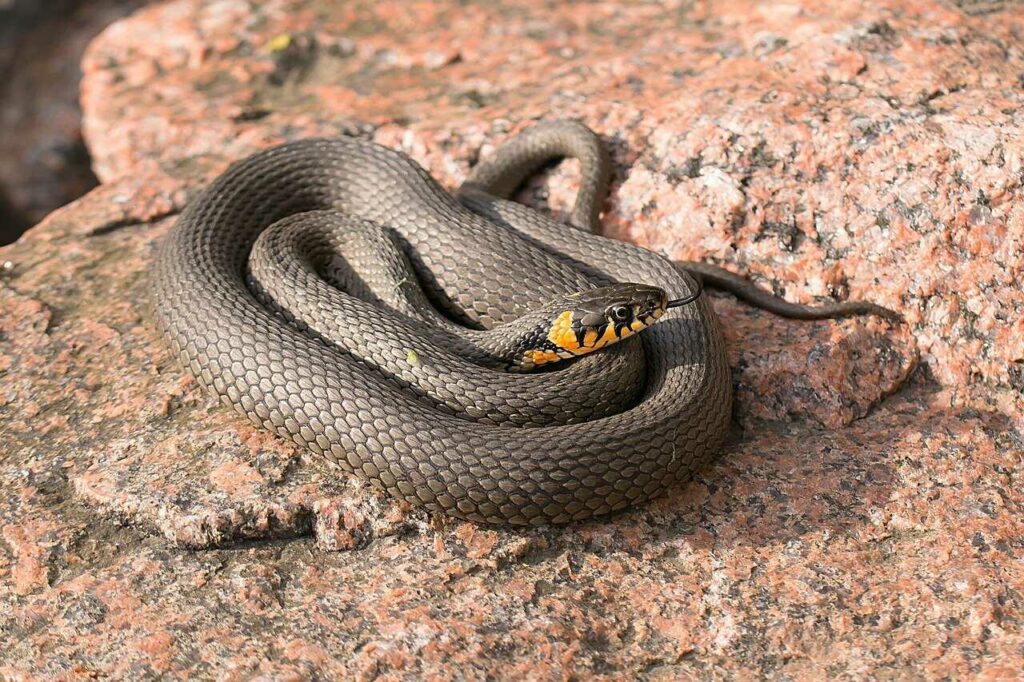
出典:https://pixabay.com/images/id-1464184/
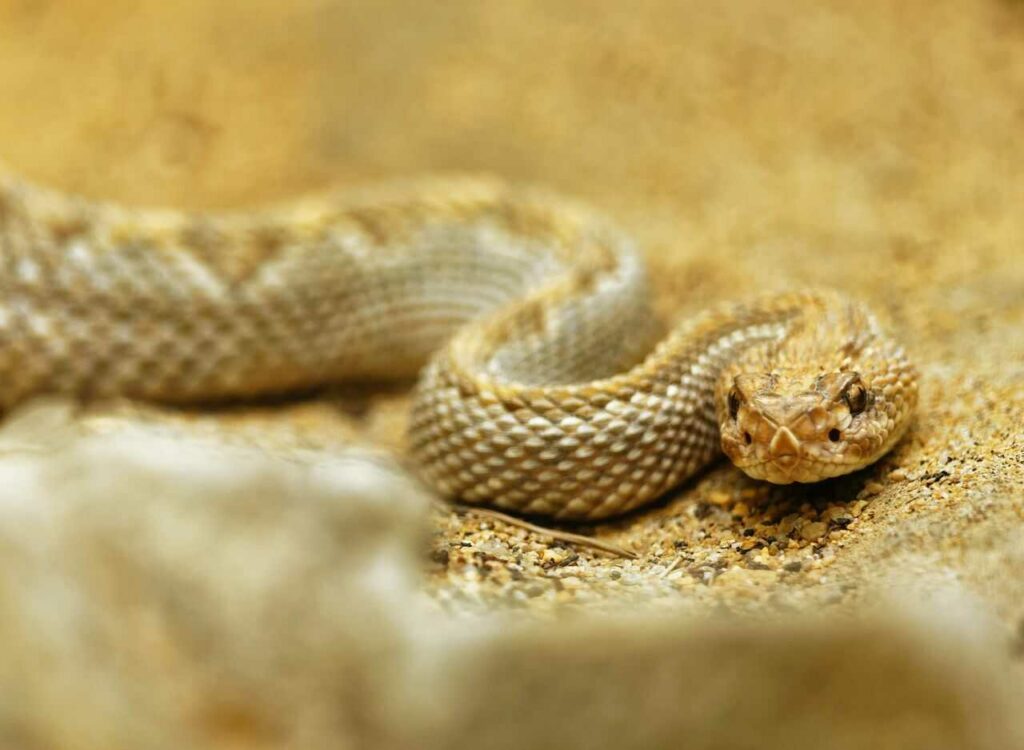
出典:https://unsplash.com/photos/kTdzYdith14

出典:https://unsplash.com/photos/TfcXPxpzbHE

出典:https://pixabay.com/images/id-744149/
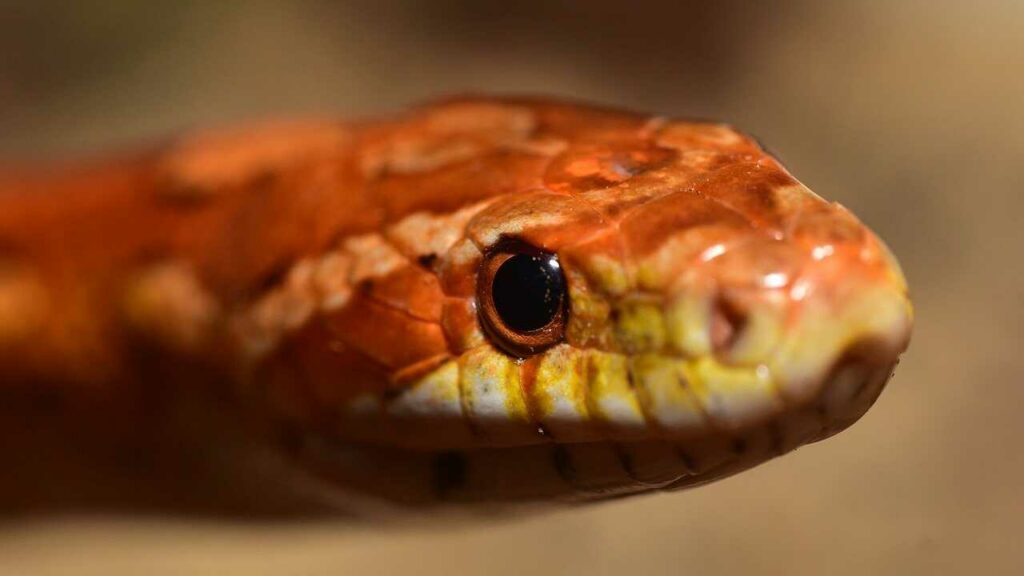
出典:https://pixabay.com/images/id-1446008/
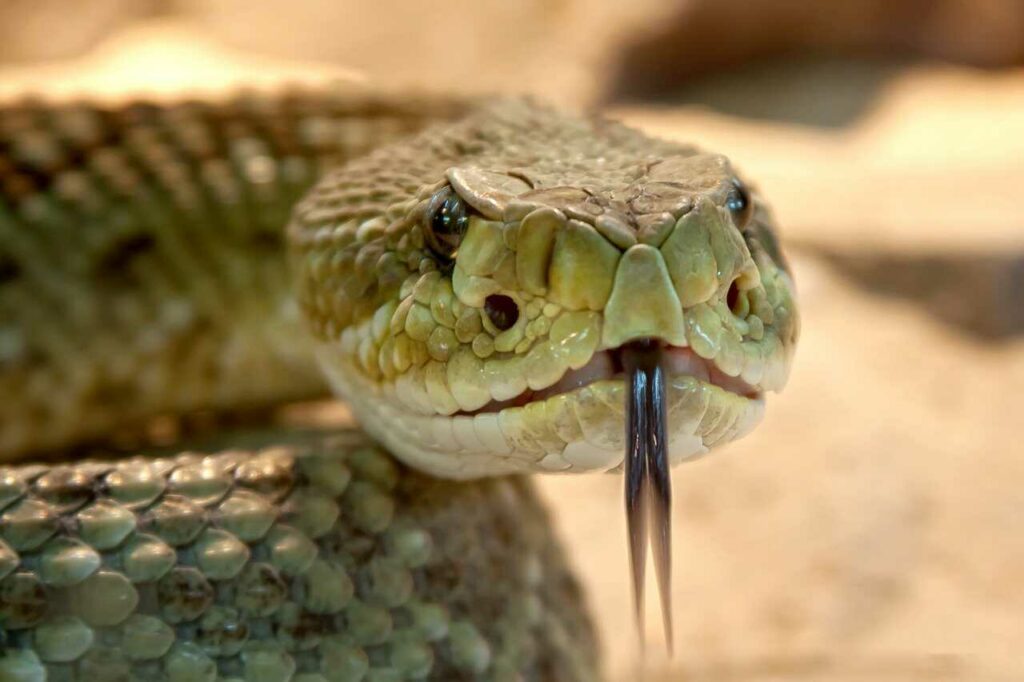
出典:https://pixabay.com/images/id-653642/
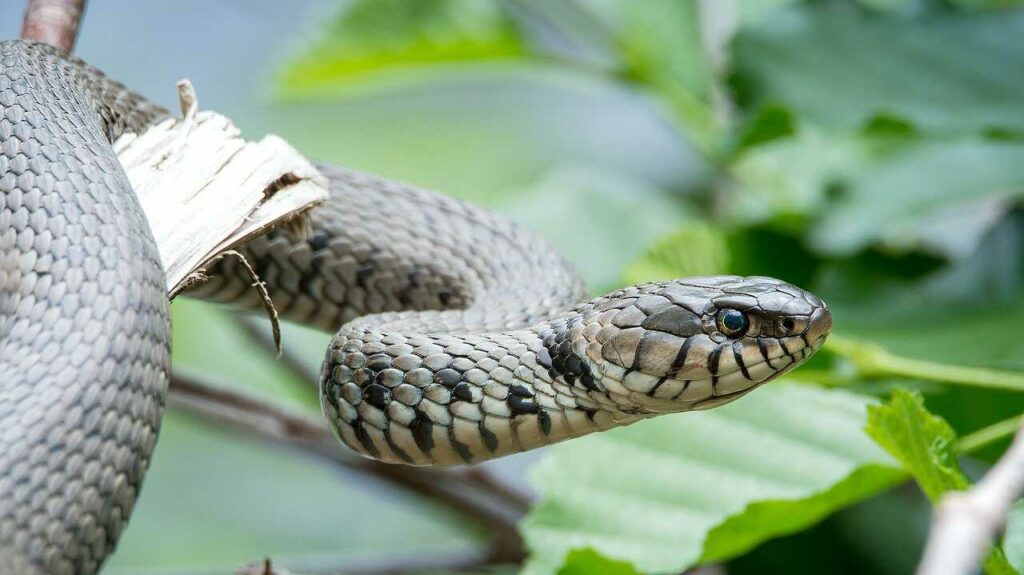
出典:https://pixabay.com/images/id-2104087/
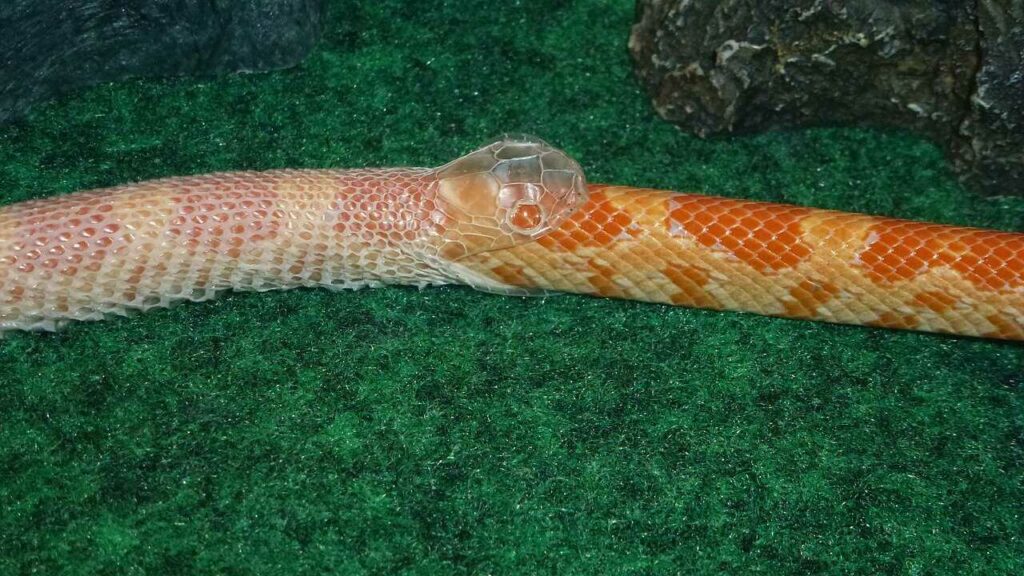
出典:https://pixabay.com/images/id-2932454/
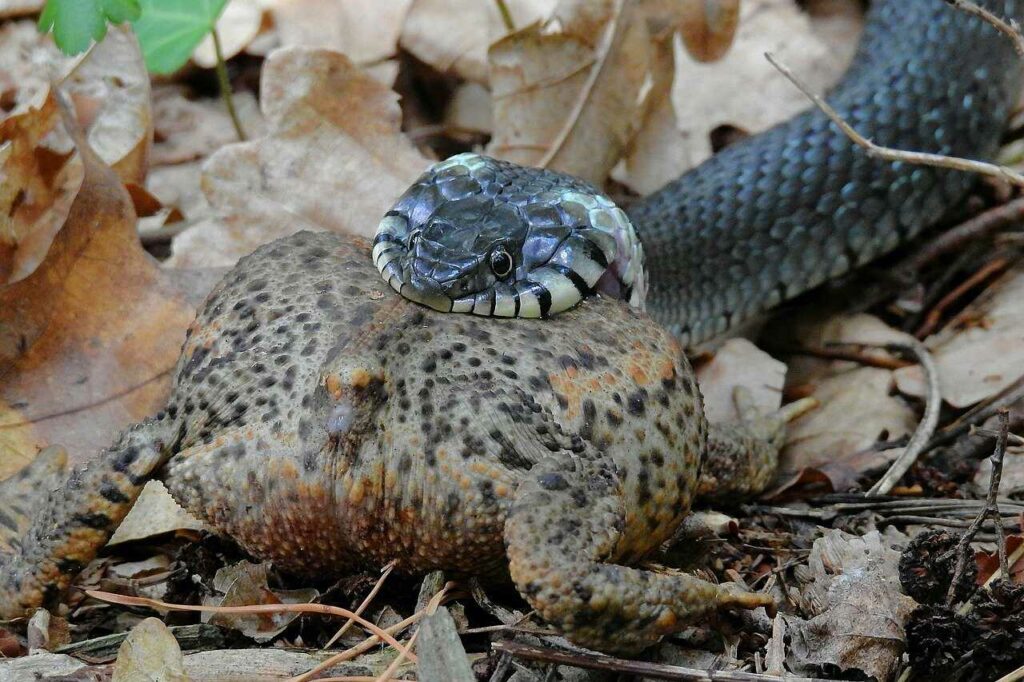
出典:https://pixabay.com/images/id-4344421/
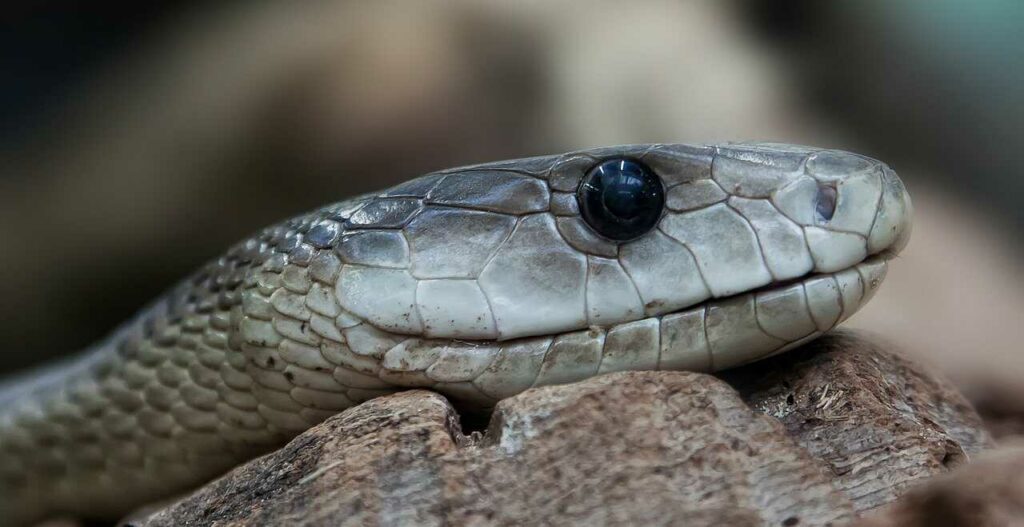
出典:https://pixabay.com/images/id-653644/

Help Enrich Our Animalbook.jp with Your Media!
We are constantly looking to expand and enrich our Animalbook.jp with amazing photos and videos of animals. If you have any media that you'd like to share, please contribute and help us showcase the beauty and diversity of the animal kingdom. Your submissions will be credited and featured in our encyclopedia, reaching a wide audience of animal lovers.

